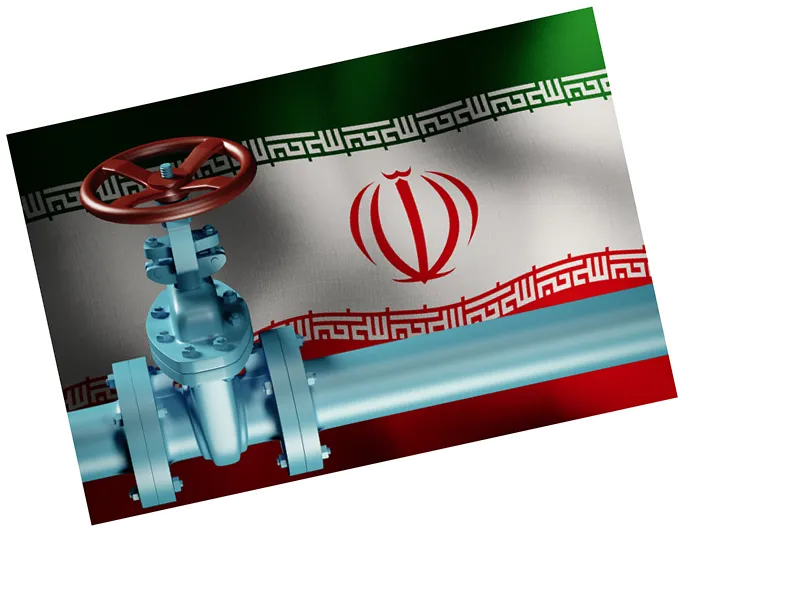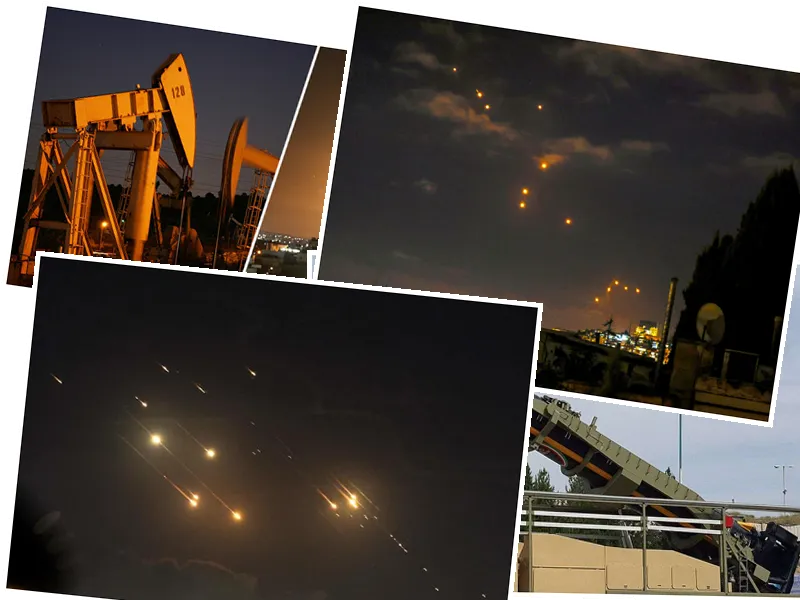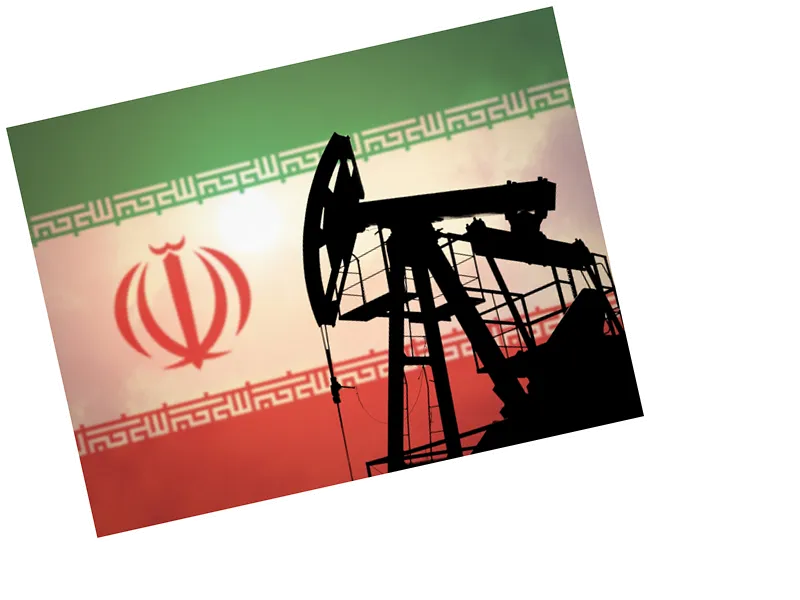Iran has ramped up its crude oil exports, sending shipments to new destinations like Bangladesh and Oman, as it navigates the challenges posed by US sanctions. This strategic move aims to maintain production levels near a five-year high, with Iranian oil production averaging over 3.2 million barrels per day this year. Despite the ongoing restrictions, Iran's Oil Minister Javad Ochi confirmed that the country sells oil to 17 nations, including some in Europe.
Recent reports indicate that the Golden Eagle tanker delivered Iranian oil to the Bangladeshi port of Chittagong, where it offloaded portions of its cargo to smaller vessels. Meanwhile, exports to Syria have decreased significantly, dropping from an average of 147,000 barrels per day in 2022 to about 57,190 barrels per day in 2024, as Iran seeks to diversify its export markets.
In addition to Bangladesh and Oman, Iranian oil is also being shipped to China, where it is reclassified to bypass sanctions. This has allowed Iran to maintain steady exports, reaching approximately 1.5 million barrels per day since February. The country's ability to adapt its shipping routes and find new markets highlights its resilience in the face of international pressure.
- Iran's oil sales are crucial to its economy, especially after the reimposition of US sanctions in 2018. The country has been innovative in its approach, finding ways to circumvent restrictions by using tactics such as reclassifying oil shipments. This adaptability has become essential for sustaining revenue streams amidst geopolitical challenges. The rise in exports to countries like China, which does not recognize US sanctions, reflects a broader trend where Iran is actively seeking to expand its market reach. Analysts suggest that the continued flow of Iranian oil into China is vital for both countries, with China's demand for energy remaining high.






